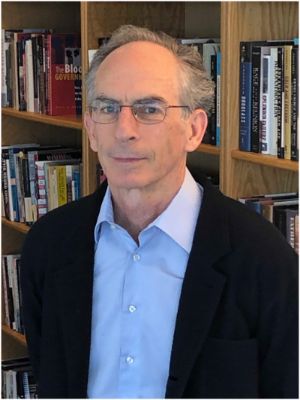2019 Pilster Great Plains Lecture, September 19, 2019
"What Were The Populists Thinking?!"
Dr. Charles Postel, San Francisco State University
A Populist storm swept across the Great Plains and much of the country, a storm that gained full strength in the 1890s, changed the lives of millions of men and women, shook the halls of government, and reshaped the nation's politics. But from that time to the present, a cloud of controversy has rested over the meaning of Populism. In today's usage, the term "populism" often suggests unthinking rage, the politics of the gut rather than the head. This, however, has no correlation to the Populist Party of history, which was known in its day as "a reading party," and a "writing and talking party." This lecture will explore what the Populists were thinking about. What did the Populists think about the role of government? Why did they care so much about public colleges? Why did women's independence play such a big role in the Populist imagination? As an intellectual enterprise, Populism shaped the environment in which Mari Sandoz emerged as a writer, and much of its legacy remains as vital as ever.

Dr. Charles Postel is a historian of American political ideas and social movements. He studied at the University of California, Berkeley, where he received his BA and PhD in history. He is a professor at San Francisco State University, and he has also taught at Berkeley and Sacramento State University. He has been a fellow at the Stanford Humanities Center and the Center for American Studies at the University of Heidelberg, and a Fulbright fellow at the Roosevelt Study Center in the Netherlands. He has written a number of articles, chapters, and essays about the Populist and Progressive movements, as well as the conservative movement. His book about the Populists of the 1890s, The Populist Vision, received the Frederick Jackson Turner Award from the Organization of American Historians and the Bancroft Prize. His brand new book, Equality: An American Dilemma, 1866-1896, is about how in the days after the Civil War, farmers, women, wage earners, and other Americans confronted the savage inequalities of the Gilded Age.
